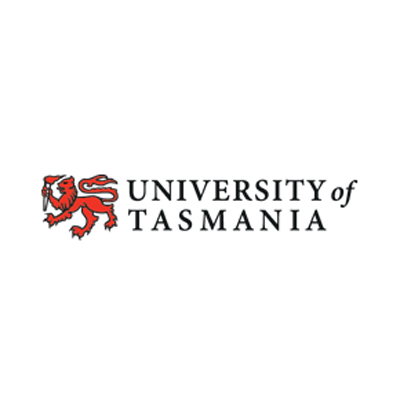Associate Degree in Global Logistics and Maritime Management
University of Tasmania (UTas)








Priority 1 (Fastest)
Sufficient school places|Visa Approval Time: 1-2 weeks for fast visa approval
Data updated: 2025-11-13
2026
- Total Tuition Fee70,623 AUD
- Fee Per Academic Year35,312 AUD
- Course Duration2.0 Year (104 weeks)
- Last Updated07-11-2025
Overview
Introduction
The Associate Degree in Global Logistics and Maritime Management provides you with problem-solving skills and knowledge of critical elements of both the logistics and maritime industries. Studying this course develops a range of skills that enhance decision-making and can be applied to complex issues that arise in international logistics systems and its associated maritime transport sector.As logistics and shipping are major components of international trade, this course will appeal to those planning careers in organisations associated with global business, both in Australia and overseas. Units offered in this Associate Degree will allow you to become knowledgeable in a range of appropriate business activities such as logistics, international business management, exporting, importing, shipping and port management . This knowledge is essential for a sound understanding of issues that are faced by such specialised industries.This course is available part-time by distance study mode or full-time on campus. Successful completion of this course provides a pathway into the P3E Bachelor of Global Logistics and Maritime Management.
Key Dates
2025
School Application Steps
Follow the process below, prepare materials in order, and track the progress of each stage.
- 1
Prepare Materials (School Application)
- Organize academic and language materials based on the list of target courses and schools.
- If the requirements are not yet met, you can apply for a language pathway program/packaged course (ELICOS/internal test) first.
- Name the electronic versions of documents uniformly (in English) for easy reuse in subsequent visa applications.
Documents for Adult Applicants
- 2
Briefing on School-Arranged Interview (if applicable)
- Submit application materials, including transcripts, passport, and English proficiency proof, to the State Department of Education.
- School review: The Department of Education recommends schools based on the student's situation, and the school arranges an interview after its review.
- Interview notification: An email will specify the interview time, method (usually Zoom or Teams), and preparation details.
- Interview content: A conversation in English including self-introduction, interests, academic situation, future plans, and a comprehensive assessment of learning habits, adaptability, reasons for coming to Australia, etc. The duration is approximately 15-30 minutes.
- 3
Submit School Application
- Submit the application through the school's official website or an agent's portal and pay the application fee (if any).
- Submit supplementary documents as required and track the admission progress (Conditional/Unconditional Offer).
- After meeting the conditions, pay the tuition deposit and complete the acceptance procedure (Accept Offer).
- 4
Obtain CoE and Arrange OSHC
- The school issues the CoE (Confirmation of Enrolment).
- Purchase/confirm OSHC to cover the entire visa period (including dependents, if any).
- 5
Visa Document Preparation (Subclass 500)
- Organize documents for finances, GTE, English proficiency, and medical examination, ensuring consistency with the chosen course.
- Check the letterheads, dates, translation formats, and certification requirements of visa documents.
Scholarship
Language Requirements
IELTS Score
PTE Score
2026 year(s)
Listening
5.5
Speaking
5.5
Reading
5.5
Writing
5.5
Overall
6.0
School Level
The school's visa assessment level determines the risk level for students applying for a visa and is a significant reference.
For example, if a school's visa assessment level is 2, the applicant will face more restrictions and be required to provide more written evidence, such as proof of language proficiency and financial capacity.

Course Campuses
- TAS
Similar Course
NSW
VIC
SA
TAS
WA
QLD

No data available~
